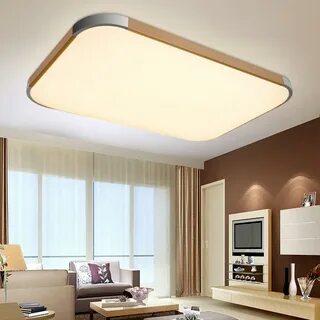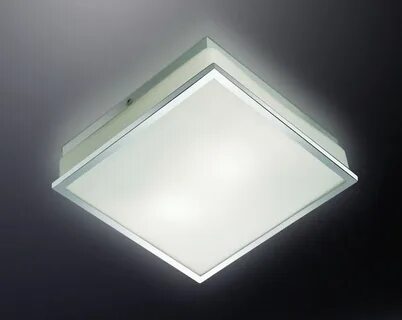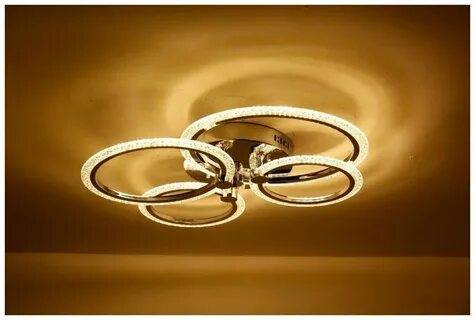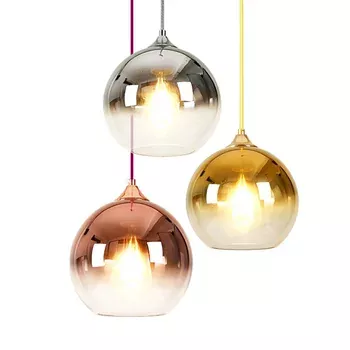
Let’s first know the definition of spectrum.
The spectrum is an LED lights Kenya band that was divided by a dispersion device (such as gratings, prisms and gratings) into monochromatic light, and then arranged according to wavelength.
The spectrum of sunlight
Prior to the advent of artificial light, sunlight gave not only illumination and energy for the earth but also had an impact on the psychology and physiology of human beings.
Sunlight is the most natural and healthy light source that we are familiar with. Below you can find various spectral charts.
It’s more pleasant to the eye and less harmful than LED lights with a normal spectrum.
The main distinctions are:
Low blue light
Everybody knows that electronic devices could cause blue light dangers. Lamps and lanterns can also emit blue light.
1.) It will cause visual fatigue, which can affect working efficiency and learning;
2.) Damage to the eye tissue which could lead to macular degeneration and cataracts.
3) Melatonin secretion may be affected, resulting in low quality sleep or insomnia.
The short-wavelength blue light component of the entire spectrum is relatively low. A point to be noted here The lower the color temperature and the less blue light intensity. Most home environments are 3000k-4000k. It is possible to choose 3000k or 3500k when you’re in the bedroom to decrease the exposure to blue light prior to going to bed.
Color rendering:
If the index of color rendering is low, it will affect the human eye’s perception of the color of an object. Full-spectrum lamps have a relatively high color rendering index and are able to better restore true colors.
3) Human body’s impact on work and rest
Melatonin releases from the brain in the hours between 9 or 10 p.m., according to the biological clock of the human body.
Blue light could inhibit Melatonin production by the pineal gland of the brain of humans. Sleep problems can result from long-term exposure. Full spectrum may help to reduce this situation.
We recommend that you get full spectrum lamps from Liangpin [Lujia LiangpinThe Liangpin brand. Ceiling lamps that are full spectrum and come in a variety of styles and sizes can meet the requirements of living spaces and bedrooms:
1) Full Spectrum Cookie Ceiling Light
It’s the best option for bedroom lighting.
Full Spectrum Cheese Cube Ceiling Lighting
The design is influenced by cheese. The sweet and creamy shape can be used for bedroom decoration. Bedrooms require a high level of for lighting.

Full spectrum dimming can be used. It also has a night light mode that is night-time and is useful for getting up at evening and watching films on the projector in the bedroom.
Everyone, big and small, will love.
The ceiling light is composed of pebbles.
Simple shape, sufficient brightness, ideal for installation in living rooms; and with stepless dimming and a smart control system, it’s more user-friendly.
This style of ceiling lamp will also work well in homes with white walls that are large or with light or apricot color wall paint.
Full spectrum lamps are likely to become more popular as people demand more lighting. This will protect the health of the home lighting.
The way that LED lights in Kenya emit light is generally:
Blue light chip and phosphor
Phosphorr and purple chip
No matter which light-emitting method is employed, it can emit a “full spectrum” in a “relative sense”. The term “full spectrum” is based on sunlight, and other artificial sources of light. are expected to be as close as possible to sunlight.
Full-spectrum lamps can be purchased to satisfy a range of needs that include high CRIs low blue light or photobiological effects.
The reality may not be as you imagined.
Light that is invisible and visible:
The sun’s seven visible colors: red, orange, green, yellow, indigo, and violet. If concentrated, it changes into white light. Invisible light that is located outside the red light area is called infrared light, with a wavelength of greater than 760nm. It can even reach 5300nm. Light outside the violet light zone is called ultraviolet light, with a wavelength ranging from 290 to 400nm.
If: Ultraviolet rays certainly offer many advantages But what are the consequences of a high level of ultraviolet radiation?
Talk to your mom. Ask your mother. Then, the work of dosage control is considered to be the most important.
Below is a photo of the spectrum of light around 6pm. The color tolerance is 0.63SDCM. CRI Ra is 98.9 and R9 is 99.
The data from the measurement may contain certain errors due to conditions in the environment.

Blu-ray:
The intensity of blue light is in a strong relationship with the temperature of the color. There’s a major distinction in blue light measurements at noon, compared to evening and morning measurements, even if the sun shines.
When we buy LED lamps we don’t really lookat blue light generally however, we mostly focus on the height at which blue light that is short-wave (wavelength lower than 455nm).
The picture below is of an LED bulb that has been subjected to a certain positive white light. It is important to note that the index of color rendering is Ra84.5 and R9 is 12.
The color temperature of a light source, whether full spectrum LED lighting, sunlight, or LED lamps generally is what determines how strong the blue light is.
To sum up:
In theory, full spectrum LED lights in Kenya will be more prominent in color rendering index.
However, if you wish to pay attention to photobiology, it is important to consider the effects of invisible light in the event that the benefit outweighs the loss.
For use at home, try to select lamps with a low color temperature and RG0 certification, as well as the brightest color temperature that is not exceeding RG1.
Full spectrum LED lamps areprobably in a gimmick phase (no evidence is available, just speculation). However, neither is the price.

